-
On your first visit to a chiropractor, you can expect to undergo a thorough evaluation to help the chiropractor understand your condition, medical history, and overall health. Here's what you can expect:
1. Health history: The chiropractor will ask you about your medical history, including any past injuries or surgeries, as well as your current physical presentation and any medications or supplements you are taking.
2. Physical examination: The chiropractor will perform a physical exam to evaluate your posture, range of motion, and any areas of pain or discomfort. We may also perform orthopedic and neurological tests to help diagnose your condition.
3. Imaging: Depending on your specific condition, the chiropractor may perform a series of X-rays to help better understand your system and how it’s functioning.
4. Diagnosis: Based on the evaluation, the chiropractor will provide a diagnosis and discuss specific care plan options with you.
5. Care plan: Your chiropractor will create a personalized care plan based on your specific condition and goals. This may include spinal adjustments, and lifestyle modifications.
6. Follow-up appointments: Your chiropractor will schedule follow-up appointments to monitor your progress and make adjustments to your care plan as needed.
Overall, your first visit to the office may take anywhere from 30 minutes to an hour, depending on the complexity of your condition and the specific evaluation and care plan involved. Be sure to ask any questions you may have, and communicate openly with your chiropractor to ensure that you get the most out of your care.
-
The cost of chiropractic care can vary depending on several factors, the specific type of care you need, X-rays, consultations, and the duration of the care plan are the most common variables. The cost of an initial consultation will be higher cost than subsequent visits, as this will involve a more comprehensive evaluation and take longer than a daily visit.
In general, the cost of a visit can range from around $30-$120 or more, depending on the factors mentioned above.
Keep in mind that the cost of chiropractic care can be a worthwhile investment in your overall health and well-being, as it can help alleviate stressors and improve the overall quality of life.
-
Yes, chiropractic care can help with overall wellness and prevention by promoting spinal alignment, improving range of motion, and reducing stress on the body. Chiropractors acknowledge that the body has a natural ability to heal itself (Innate Intelligence), and that subluxations or other imbalances can interfere with this process.
By using techniques such as spinal adjustments, chiropractors can help restore proper alignment and function to the body, which can improve overall health and well-being. Chiropractic care may also be used as a preventative measure to help reduce the risk of future injuries or conditions.
In addition to providing hands-on treatment, chiropractors may also provide advice on lifestyle modifications to help support overall wellness and prevent future health issues. Overall, chiropractic care can be a valuable component of a holistic approach to healthcare that emphasizes natural healing and prevention.
-
A subluxation is a term used in chiropractic to describe a slight misalignment of the spinal bones called, vertebra. Subluxations can occur as a result of physical trauma, mental/ emotional stress, and toxins that we are exposed to on a daily basis, or repetitive stress, and can cause a range of symptoms such as pain, stiffness, and reduced range of motion.
Chiropractors know that subluxations can interfere with the normal function of the nervous system, which can in turn affect overall health and well-being. This is because the nervous system is responsible for controlling and coordinating all the body's functions, including movement, sensation, and organ function.
Chiropractors use a variety of techniques, including spinal adjustments, to correct subluxations and restore proper alignment and motion to the spine. By doing so, we aim to improve nervous system function, and promote overall health and well-being.

